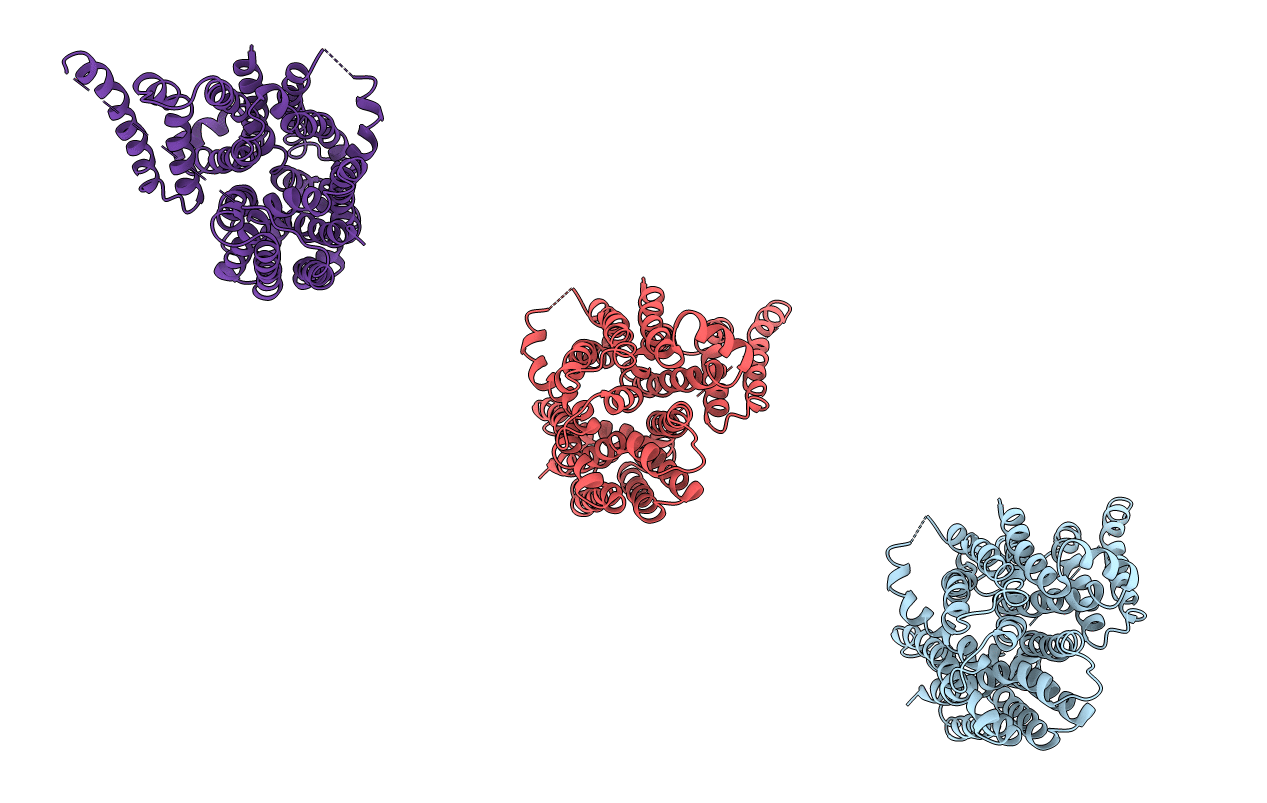
Deposition Date
2010-10-21
Release Date
2010-12-15
Last Version Date
2024-05-08
Entry Detail
PDB ID:
2XUT
Keywords:
Title:
Crystal structure of a proton dependent oligopeptide (POT) family transporter.
Biological Source:
Source Organism:
SHEWANELLA ONEIDENSIS (Taxon ID: 211586)
Host Organism:
Method Details:
Experimental Method:
Resolution:
3.62 Å
R-Value Free:
0.29
R-Value Work:
0.27
R-Value Observed:
0.27
Space Group:
P 32


